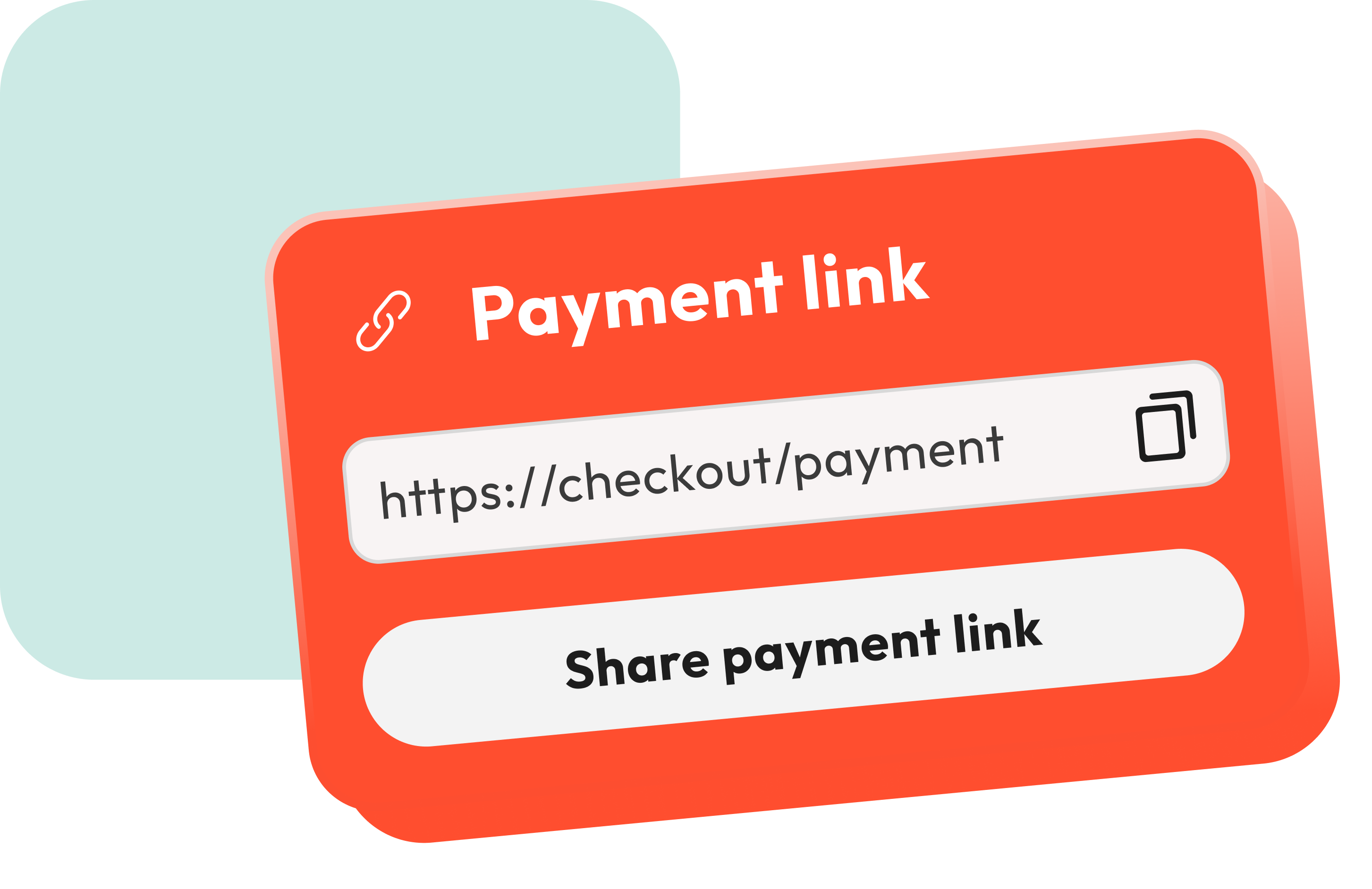How to Accept Card Payments in Your Store: Step-by-Step Guide for UAE Merchants

Overview
Whether you run a boutique in Dubai Mall or a neighbourhood café in Abu Dhabi, offering card payments is no longer optional — it’s expected. Customers want speed, security and choice, and businesses need a simple way to accept both contactless and chip-and-PIN transactions.
This guide walks you through the entire process of getting set up — from selecting a provider to processing your first sale — so you can start taking card payments within days.
Step 1: Choose a Licensed Payment Provider
Before anything else, partner with a UAE-licensed payment gateway or merchant services provider. Working with an approved entity ensures compliance with the UAE Central Bank and PCI DSS security standards.
When evaluating providers, look for:
- Transparent fees (per-transaction or monthly)
- Local AED settlement with no hidden FX charges
- Dedicated merchant support team
- Integration options (POS hardware and SoftPOS mobile apps)
👉 Red Dragon is a UAE-based payment gateway and provider of in-store card terminals for business across the United Arab Emirates.
Step 2: Apply for a Merchant Account
A merchant account lets you receive card transactions directly into your business bank account.
Your provider will ask for:
- Valid trade licence and Emirates ID of owner/director
- Company bank details
- Brief description of business activity and expected volume
Approval usually takes 24-48 hours once documents are verified.
Once approved, you’ll receive your merchant ID and login credentials.
Step 3: Select Your Card Machine (Type & Connectivity)
Here’s where you decide how you’ll accept in-store payments.
Main Options:
- Countertop POS: Ideal for retail stores and supermarkets. Ethernet or Wi-Fi connection.
- Portable POS: Perfect for cafés and restaurants; works over Wi-Fi or 4G.
- Mobile POS (SoftPOS): Turn your phone into a card reader via Tap-on-Phone technology.
When comparing, consider battery life, receipt printing, and network coverage.
🔗 Explore our In-Store Card Terminals for fast, secure options approved for UAE merchants.
Step 4: Install and Train Your Team
After delivery, your POS provider will install the device and pair it with your merchant account. Training is simple — staff just need to:
- Enter amount → tap / insert / swipe the card
- Wait for approval (typically 2-3 seconds)
- Print or send digital receipt
Tip: Run a few test transactions to ensure the device connects properly before go-live.
Step 5: Go Live and Track Your Transactions
Once live, monitor transactions through your merchant dashboard.
Modern systems provide real-time analytics showing:
- Volume by payment type (Visa, Mastercard, Apple Pay etc.)
- Daily sales reports and refunds
- Settlement timing and fees
At Red Dragon, you can view all terminals and transactions in one portal — making reconciliation and settlement simple.
Why Choose Red Dragon for In-Store Card Payments?
- Fast Onboarding: Get approved and start taking payments within 48 hours.
- Next-Day Settlement: Funds arrive quickly in your AED account.
- All Payment Methods: Contactless, chip & PIN, mobile wallets.
- PCI DSS Level 1 Security: Trusted by banks and licensed partners.
Ready to modernise your checkout experience?
👉 See our In-Store Card Terminals Now
Related Articles
- Best Card Machines for Small Businesses in the UAE
- Fixed vs Portable Card Machines – Which Is Right for You?
- SoftPOS vs Traditional POS Terminals
FAQs
Q1. Do I need a trade licence to accept card payments in the UAE?
Yes. Only registered businesses with a valid UAE trade licence can apply for a merchant account.
Q2. How long does it take to set up a card machine?
Typically 24–48 hours after submitting your documents to an approved provider.
Q3. Can I accept contactless and mobile wallet payments?
Absolutely — modern POS terminals support Visa PayWave, Mastercard Tap & Go, Apple Pay, and Google Pay.
Q4. How much are transaction fees in the UAE?
Most providers charge between 2–3 % per transaction, depending on volume and card type.
Q5. What’s the difference between a merchant account and a payment gateway?
A merchant account holds your funds temporarily after each transaction, while a payment gateway is the software that authorises the payment itself.
Keep up-to-date with the payments industry.
Subscribe to a flow of information that can keep you ahead of the game and aid your business growth.





.png)